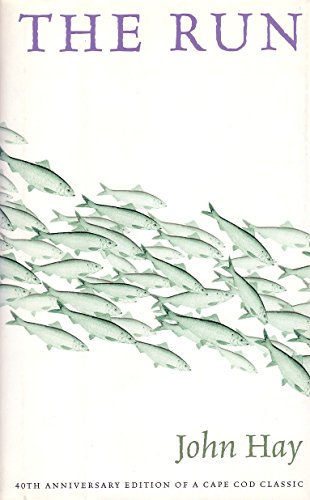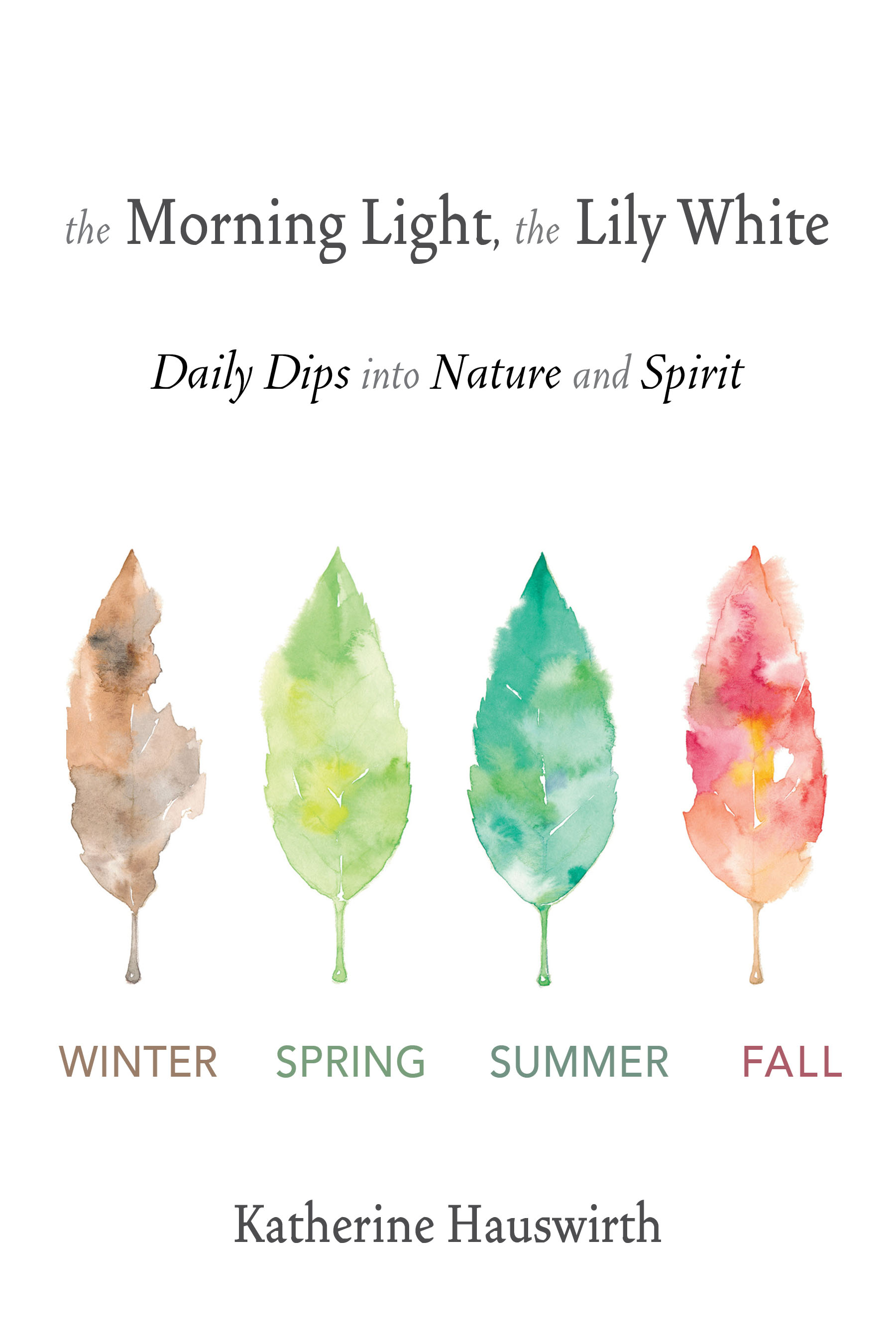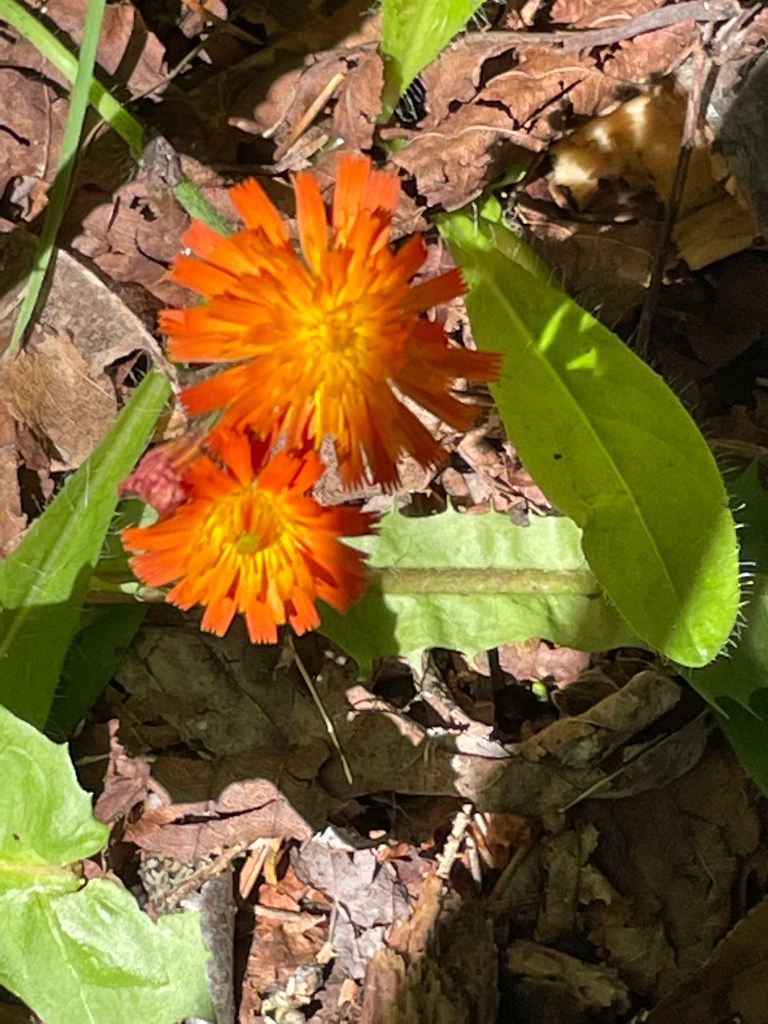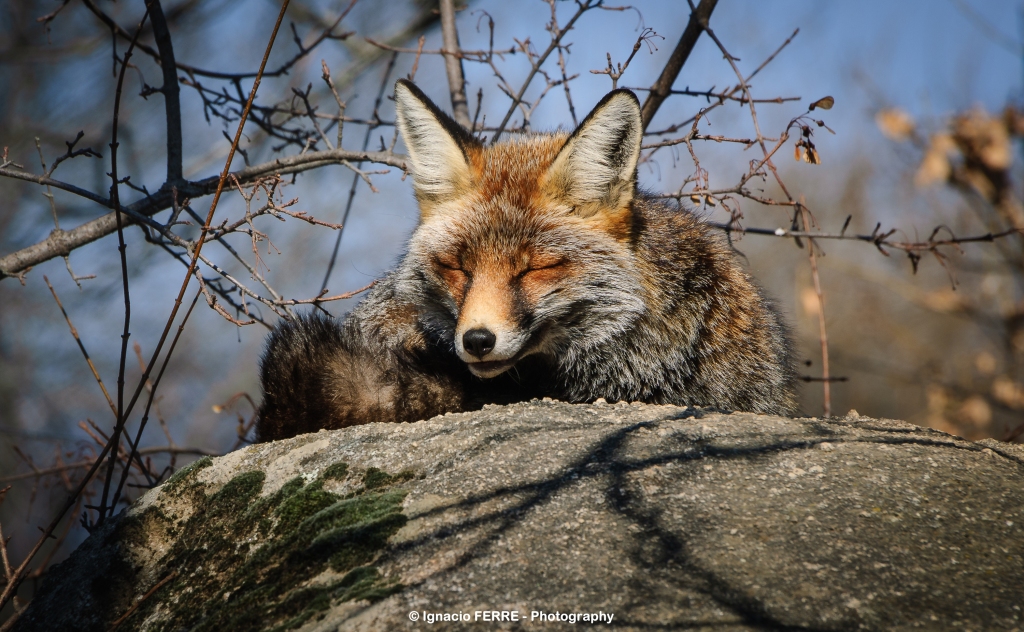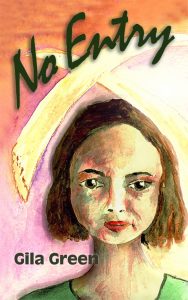Happy Spring and welcome new subscribers! If you are interested in weekly nature posts, please follow the Loving the World free newsletter link to the right. I post here less often than in the newsletter.
I’ve recently finished reading John Hay’s The Run. Hay died back in 2011 at the age of 95, and his Cape Cod Times obituary notes that The Run is considered a classic of nature writing.
I didn’t know that when I picked up my library discard copy. I liked the cover, and I liked that the book was thin—something I could surely finish quickly! A quick flip through the pages told me that Hay was a good writer. I learned that he wrote 18 books and also founded the Cape Cod Museum of Natural History, serving as its president for decades. He won the prized John Burroughs Medal for a book I have yet to read—The Great Beach.
The Run is about alewife herring migration, and focuses, like most of Hay’s work, on the Cape Cod area. This was perhaps not the most intuitive choice for me. I don’t have any real connection with Cape Cod, except for wanting to finally get there someday. I don’t fish, and my knowledge of alewives before reading The Run was limited to signs I’ve seen posted for anglers that restrict the taking of these fish. Looking at the DEEP’s current posting, I see that taking alewives is only permitted in certain lakes where some alewives are landlocked, with creel limits imposed. The statement that “emergency closure is in effect” for all but these exceptions is troubling. The Commissioner’s letter talks about “undue depletion.” Will these fish expire for good, become discarded just as Hay’s fascinating book was?
I’ve always maintained that a good writer can make nearly anything interesting if they can pull you into their created world with artful words and pacing, and that holds true for The Run. I’ll admit sometimes things got a bit too technical, like a near full page on the precise anatomy of the fish’s eye. And yet, I stuck with it.
Why? This passage starts to get at it: “As I watched them there was a slight, quick change of wind, a shift in the breeze that flicked the water, and in the crosshatches this made on the bright surface all the fish disappeared. Then the surface cleared and I could see them again, swimming through a rippling weave of light that was reflected on the channel floor.”
The “ripple weave of light” illuminating the fish was parallel to the flashes Hay made with words. He conjured a satisfying mix of practical facts, stories of his wanders in search of alewives, a contagious curiosity, and philosophical moments that kept me wanting to learn more, wanting to vicariously share his connection with this species and its long history of annual epic journey, harvest (these days for animal feed or bait), and persistence (thus far, and just barely) in New England.
My husband Tom didn’t have a choice, being the captive audience in the armchair beside me. I felt I had to share these words with him, to underline the marvel of their effect: “And the gulls proclaimed their coming. Out in the Bay, they began to gather by the hundreds, clambering up with a scrambled yelping and hollering. The last smoky, red line of sunset was disappearing and they hovered over it in a maddened, high, wide swarm like huge bees…And in terrible simplicity, the alewives were swimming toward the inland gauntlet they would have to run, having a title, by their common, wild, and ancient advent, to all great kindled things. Who will see more than that in his short life, with its many meetings and separations? I by and old and natural right felt a fierce water-deep wonder of the spirit. The beyondness in me went back to its beginnings…I felt a cold inevitable grandeur, below consciousness, a swim and go in an uttermost wild world, past home or my life’s memory.”
For a moment there, Hay became an alewife, or a school of them. Even if Hay had just written this one work, he said something important here, something that can’t necessarily be quantified but which conveys both human and animal lived experience and our age-old connections, both pragmatic and mystical.
So, what of the alewives these days? Well, Hay wrote about local “Alewife Committees” that work to balance reasonable harvest against the need for these fish to spawn and return to the sea. A quick search tells me these committees still exist, if only in small numbers. A March 1 report about Brewster (where Hay had lived) says its Committee members voted to continue aiding the herring who migrate between two ponds, despite low water levels that presented quite a challenge for the young herring last year. There will be an effort to maintain water levels and repair fish ladders.
I was encouraged to see an Old Lyme Land Trust post from just last April—“Come see the alewives migrating up the fish ladder”—about the Griswold Preserve, a place I have walked many times. The post added that cormorants and osprey were seen feasting on these alewives, who were surely tired from their upstream journey. I hope that this year, the alewives come again, and that enough survive the gauntlet of waiting predators and other hardships that we humans have sometimes helped create, like lower water levels and changes to the landscape (and thus, to stream access).
Hay’s first chapter in The Run is called “Waiting Weather,” referring to March. He saw his first alewife the first week of April, just as our Old Lyme watchers anticipated last year. May it be so.
(I wrote about the Griswold Preserve and its fishway, pictured below, in the newsletter, before I read The Run. See that edition here.)

